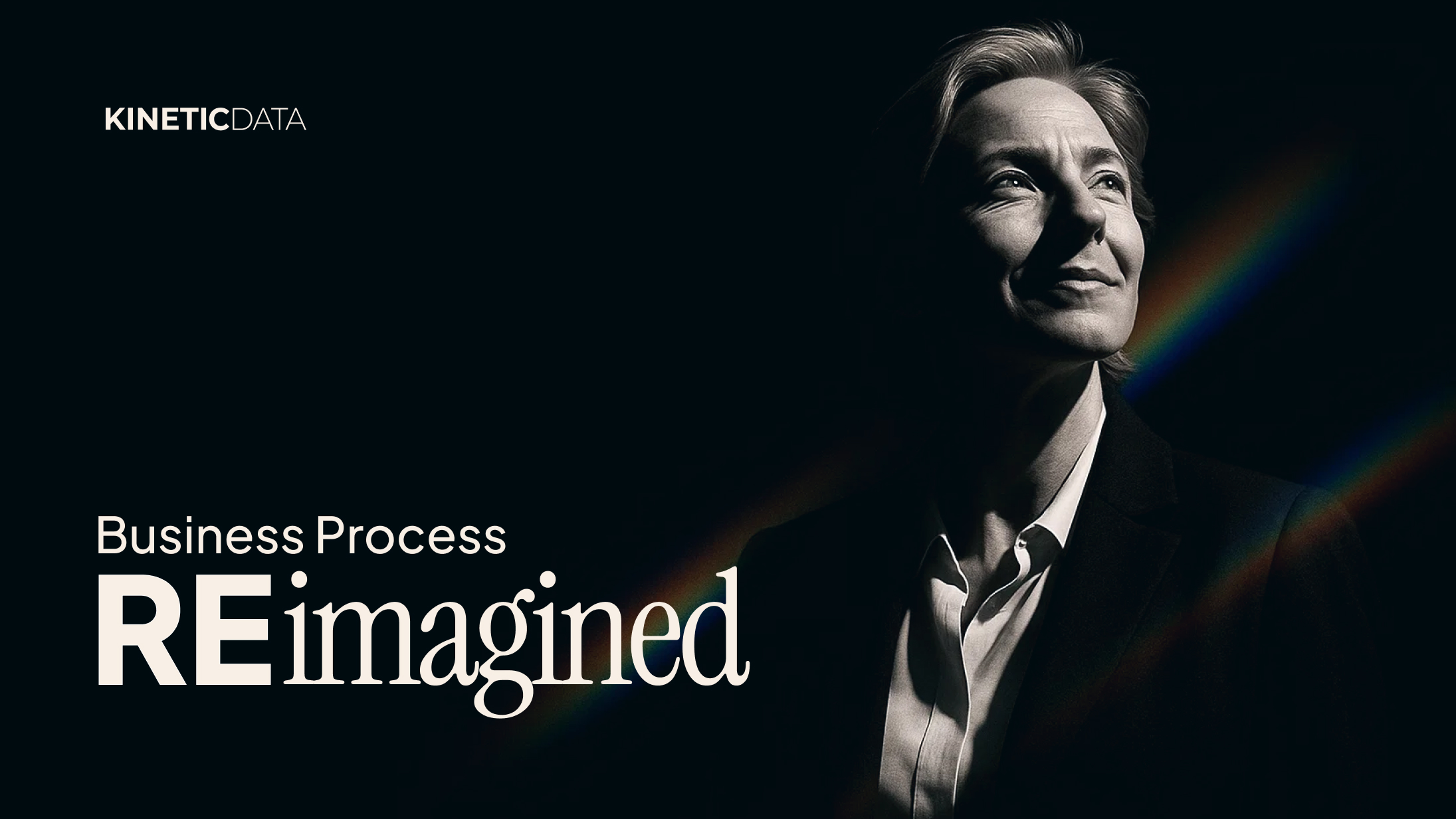What’s New at Kinetic: Building Smart in 2026
At Kinetic, we believe the future of Business Process Management isn’t bigger—it’s smarter.
Most businesses have now adjusted to the shock and disruption to operations caused by the COVID-19 pandemic. They’ve progressed from asking, “What do we do now?” to “What do we do next?”.

Most businesses have now adjusted to the shock and disruption to operations caused by the COVID-19 pandemic. They’ve progressed from asking, “What do we do now?” to “What do we do next?”.
According to fresh research from LeadMD, while most business decision makers are optimistic about their enterprises’ long-term future, they are taking a short-term, tactical approach to new technology purchases.
Among the findings:
Still, current economic conditions are challenging. And the future outlook is uncertain. Consequently, enterprises are not making big-ticket, long implementation time, disruptive “rip & replace” type system purchases.
Clarify your organization’s priorities and compare your self-service portal processes and tools on a useful, consistent scale. Download the Enterprise Self-Service Portal Scorecard now.
Asked about their near-term B2B technology and service purchase plans, 44% of respondents in the LeadMD study are focused on getting the most out of their current solutions.
Another quarter plan to make investments that will help them operate more effectively in the current, challenging economic environment. A common sentiment with regard to vendor messaging was “Please offer me products and services that’ll benefit my company now and into the near future.”
An embrace & extend approach supports both objectives. Enterprises are generally avoiding large-scale rip & replace technology investments in this environment. Economic uncertainty and rapidly changing business conditions make expensive, long lead time projects less attractive. But tactical technology purchases can help enterprises get more value from their installed systems while also improving and adapting practices to current needs.
There are four key factors to keep in mind when implementing this approach:
New technology investments should be made with extension in mind. They should increase efficiency and add new capabilities while integrating with existing systems. This extends the capabilities of current systems by capitalizing on data and processes already in place.
There’s a school of thought that says the best way to develop software is to have business analysts collect requirements from users; spend weeks drafting up detailed specifications; and then turn those over to developers who will spend months developing the solution.
That school is now closed.
An agile approach is just the opposite. It’s about building a small, partial solution that provides value quickly, then rapidly iterating to add functionality over time. The focus is on building upon what is already in place (for example, cloning and modifying existing elements instead of creating new ones from scratch) in order to add new capabilities faster.
This method also often includes low-code tools, which enable business users to easily create their own solutions. Drag-and-drop interfaces enable process owners to develop new functionality without coding or relying on the IT department. Look for tools that can be implemented rapidly and bring agility to existing systems while also extending their functionality.
The best technology investments today are in systems that are open. That means web developers can quickly modify interfaces. Integrations can be done via APIs. And components built for one project or function can be cloned, modified, and reused in other processes.
Look for embrace & extend tools that both meet your current needs and provide an expansion path to meet future requirements. Make sure to evaluate and understand integration costs: are these included in the license? Will there be development and ongoing costs per integration? The answers can have a big impact on what you’ll be able to cost-effectively do with these tools, now and into the future.
If there’s anything the pandemic is teaching us, it’s the value of being self-sufficient. Employees suddenly working from home have had to become their own barbers, teachers of their children, and (to at least some extent) their own tech support department.
Agile, open, embrace & extend solutions are also designed for self-sufficiency. The vendor can train your team to manage the software internally. You can implement new features and expand capabilities at your own pace. Your developers can build their own integrations to your current systems. And your business users can build their own workflow processes without coding.
The pandemic has hit the global economy hard. But businesses have adjusted to changed conditions and employees are working remotely. They will continue to invest in new technology, but with a focus on investments that improve efficiency and help them adapt to changed (and changing) business conditions.
Rather than disruptive rip & replace type implementations, enterprises will focus on tactical, embrace & extend purchases that maximize the value of their current systems. These open, flexible, agile solutions will help companies compete today while building a framework for long-term process improvement and automation.

At Kinetic, we believe the future of Business Process Management isn’t bigger—it’s smarter.

IT support automation uses software workflows, rule engines, AI/ML, and integrations to automate...

Business process reimagined is the strategic renewal of how work gets done by combining modern digital...